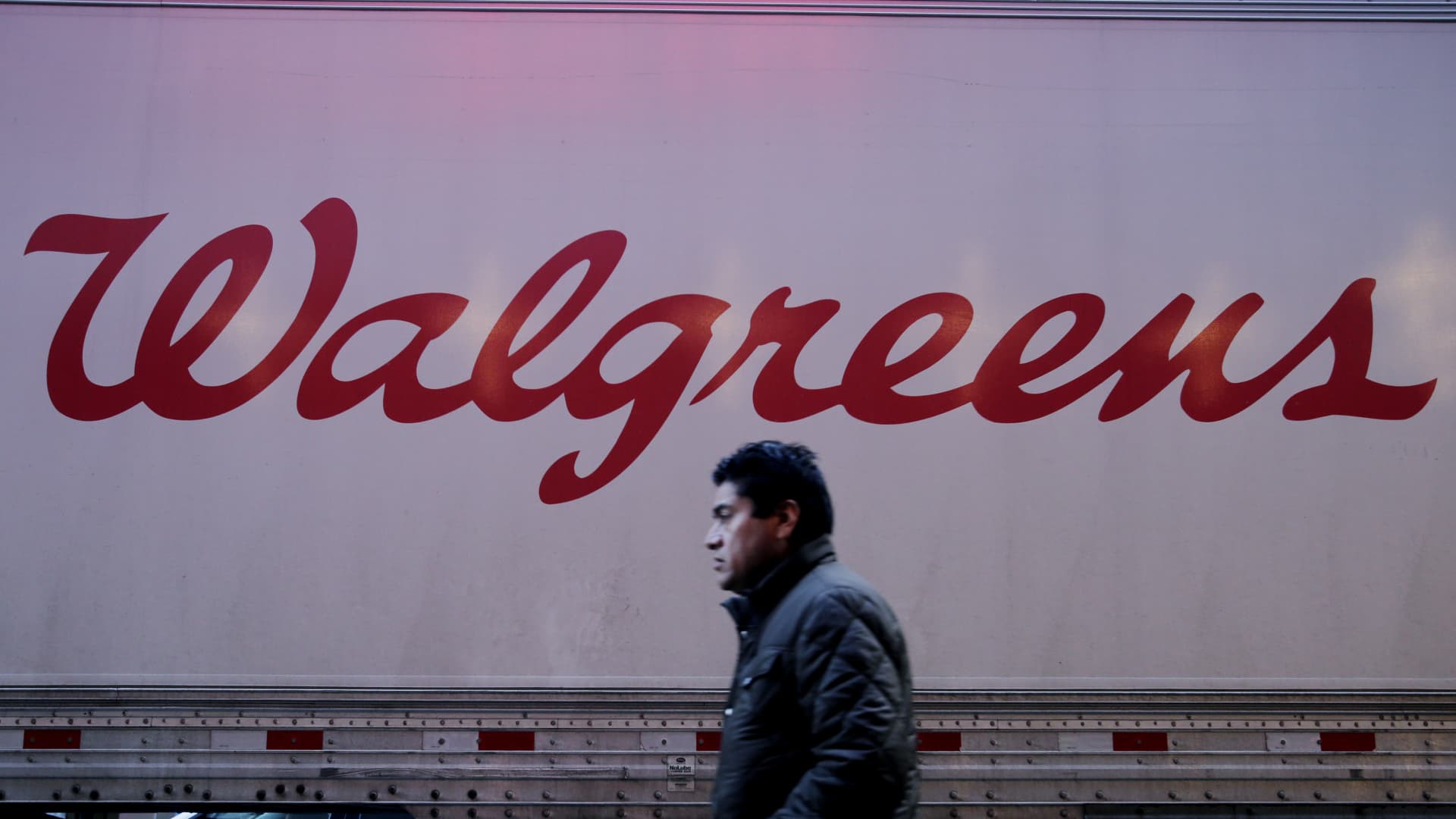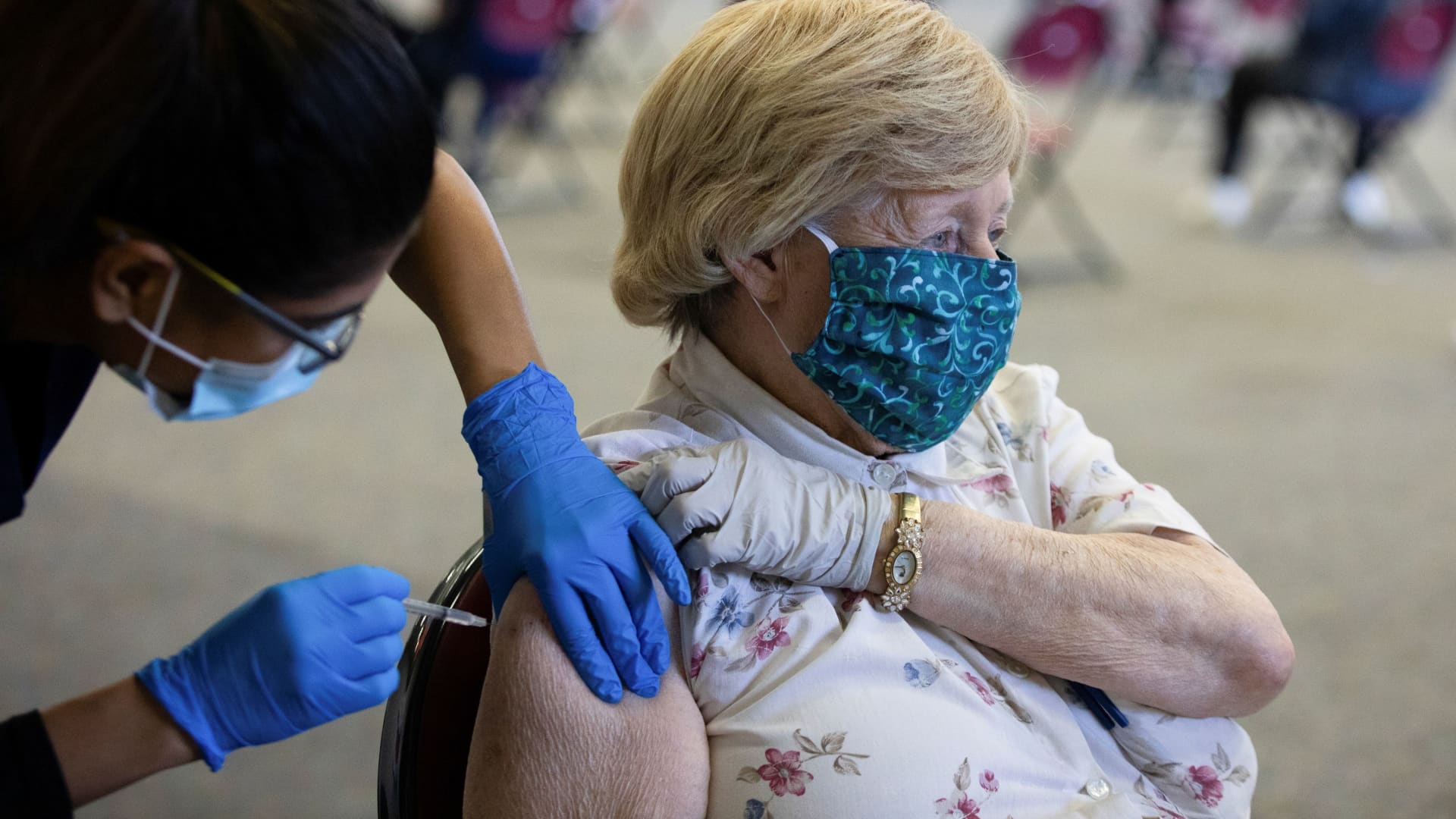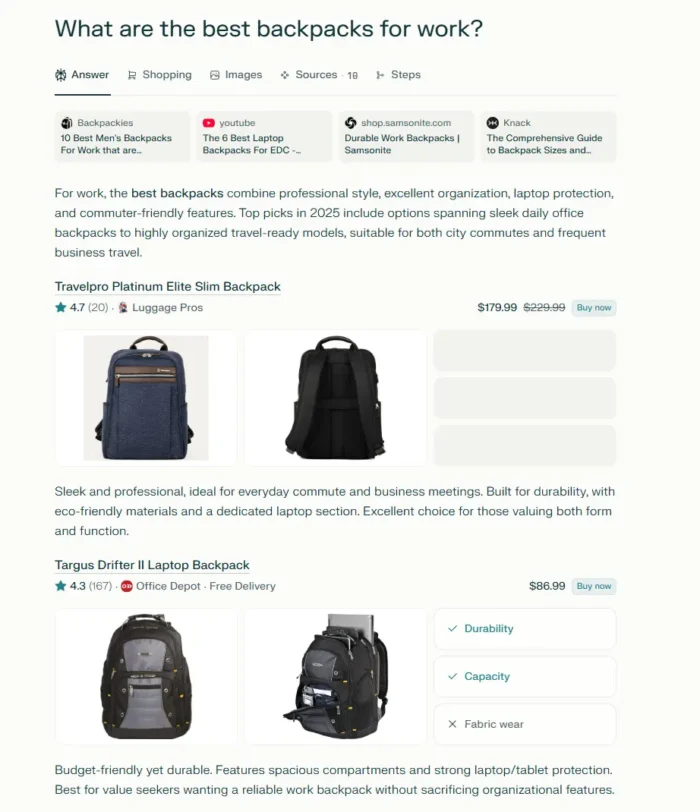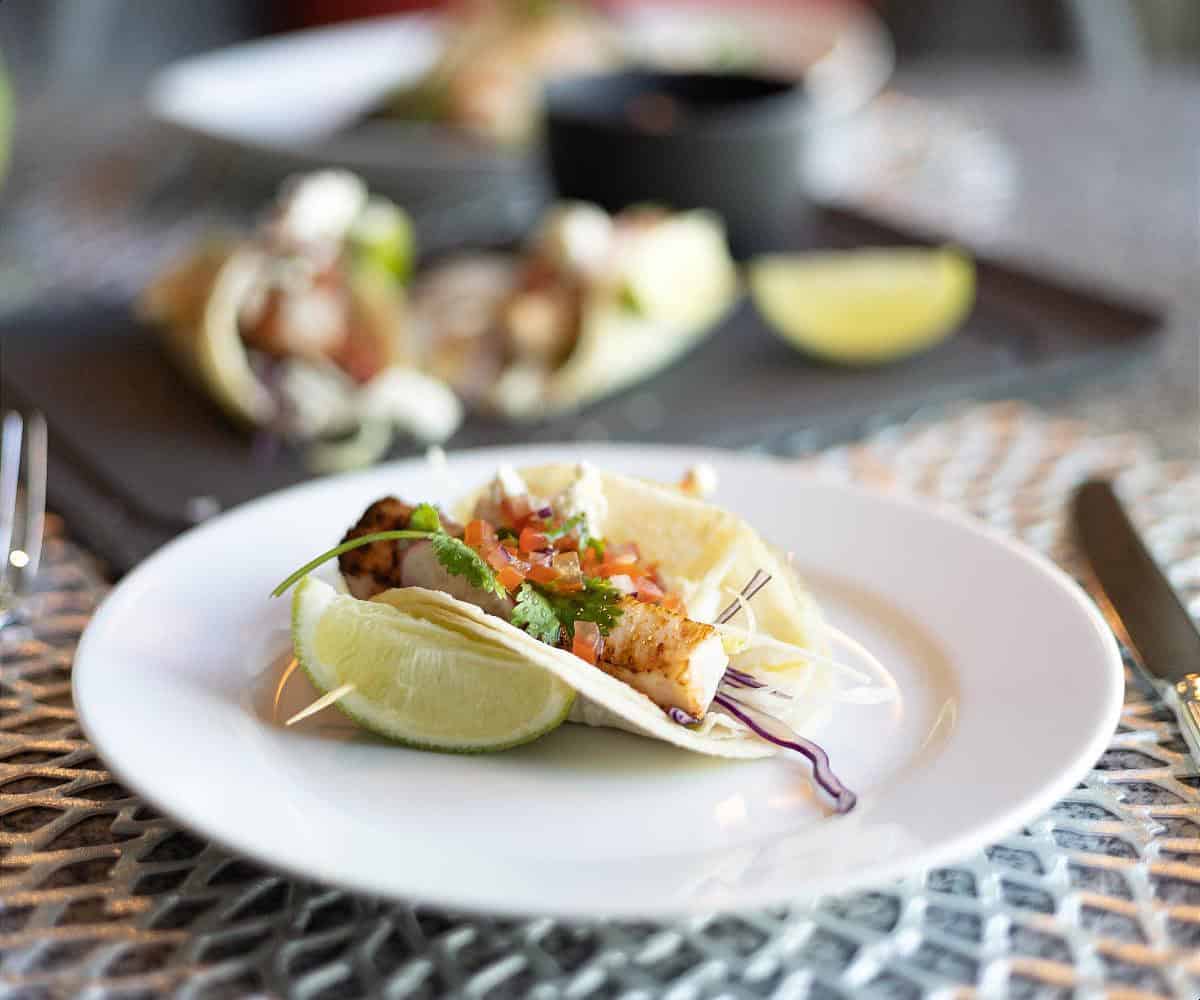Is It Safe to Consume Cannabis Edibles?
What do we need to know about the safety of marijuana edibles? You may recall from my video Smoking Marijuana vs. Using a Cannabis Vaporizer […]
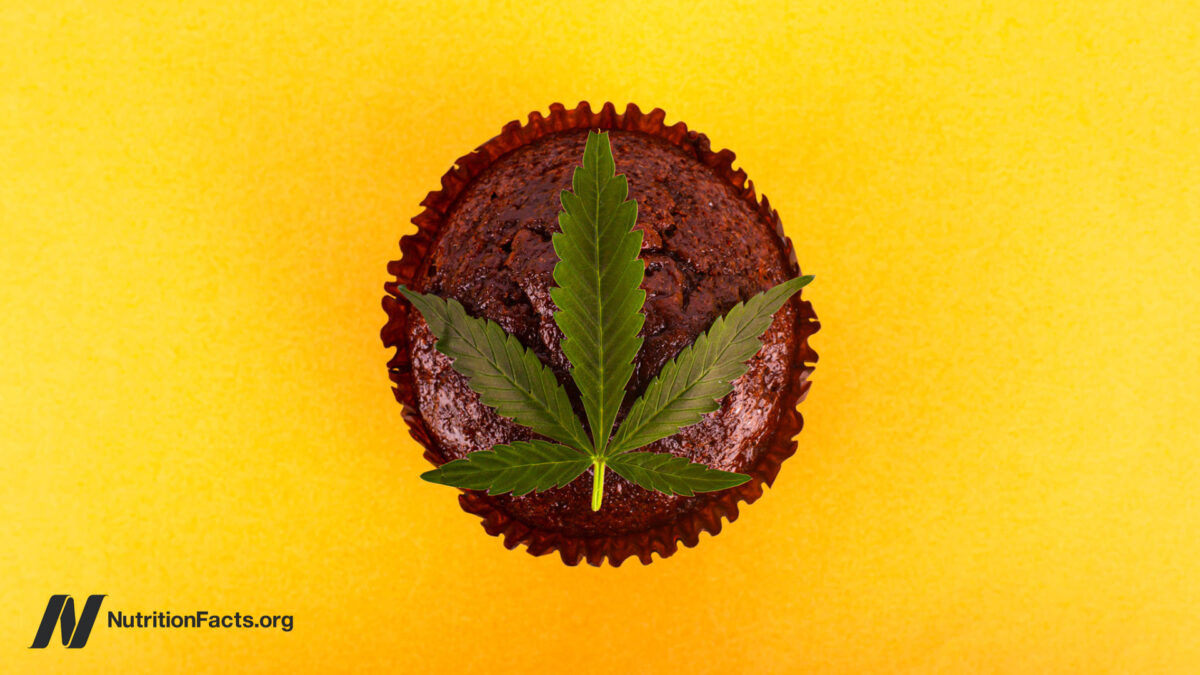
What do we need to know about the safety of marijuana edibles?
You may recall from my video Smoking Marijuana vs. Using a Cannabis Vaporizer that smoking cannabis can create respiratory problems, so using a vaporizer is an alternative. What about eating it? I discuss that in my video Are Cannabis Edibles Safe?.
“Vaping is likely less harmful than smoking marijuana,” and edibles are another alternative, but they may carry increased risks to children and increased risk of overdosing. I’d add a third risk—to pets. “Since the legalization of recreational marijuana in Colorado in January 2014, edibles comprise almost half of total cannabis sales,” and a “significant correlation” has been found between the rise in use and the rise in marijuana toxicosis cases at veterinary hospitals, thought to have contributed to two dog deaths in the state.
“There have been no reported deaths in young children from marijuana exposure,” thankfully, though some have ended up on life support because an edible marijuana overdose can lead to severe respiratory depression. As you can see in the graph below and at 1:09 in my video, Colorado regional poison control cases increased significantly after recreational pot became legal and at a higher rate than the rest of the United States, which is one reason the American Academy of Pediatrics continues to oppose legalization.
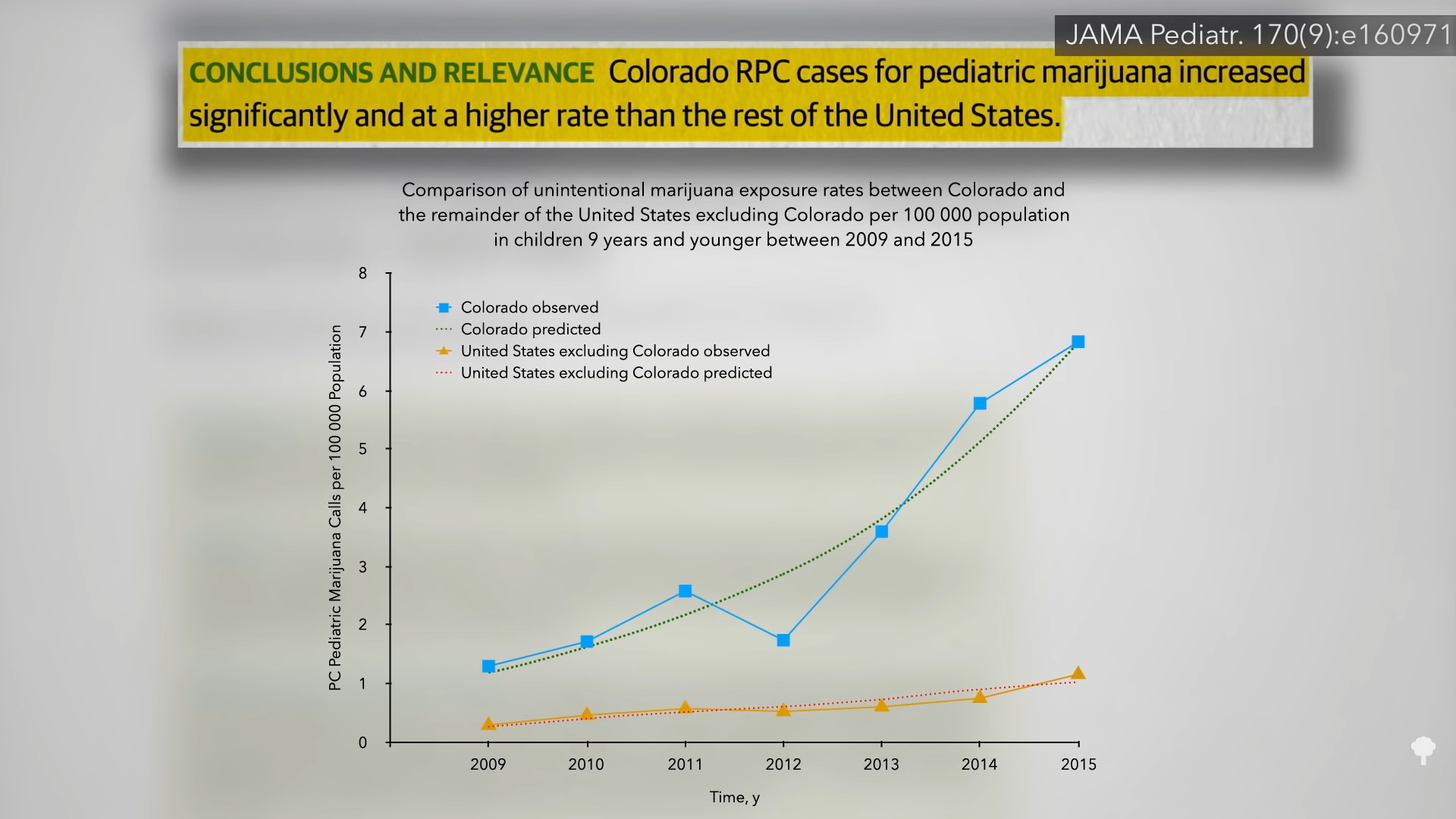
At the very least, cannabis edibles shouldn’t be packaged to look like popular candy, as you can see below and at 1:29 in my video. (Keef Kat, Buddahfinger, and Munchy Way, to name a few.) Some states have since banned selling marijuana-infused candy with that kind of imagery, but, to play it safe, maybe we shouldn’t be making cannabis candy at all.

How big of a problem is this, really? “To put this in perspective, the Rocky Mountain Poison and Drug Center reported…that 2,700 children in Colorado required treatment after accidentally ingesting cosmetics or personal care products, and 739 after eating large amounts of vitamins…Compare that with the dozen or so reports of kids accidentally eating marijuana edibles last year.” And if you want to talk about poisoning deaths, how about alcohol? “More than 2,200 alcohol poisoning deaths occur among adults in the United States every year, or about six per day,” whereas deaths attributed to marijuana are few and far between, though there have been a few.
The problem is that you may not feel an effect from edibles for an hour or two after consumption and may not know how much to take, so you might then “overconsume, thinking in the first hour or so after initial consumption that [you] have not ingested enough product to feel an effect.” As you can see in the graph below and at 2:22 in my video, it takes about three hours for cannabis compounds to peak in your bloodstream compared to just ten minutes when you smoke it and at least a full hour before you feel much at all.

This happened right after legalization in Colorado: A 19-year-old died after consuming a marijuana cookie. He had one piece. “Approximately 30–60 minutes later, not feeling any effects, he consumed the remainder of the cookie.” Two-and-a-half hours later, he jumped to his death from a fourth-floor balcony. A month later, a “second man developed hallucinations and rambling speech…and in the midst of an apparent psychotic break, fatally shot his wife while she was calling 911 for help.”
These kinds of cases, as you can see below and at 3:10 in my video, commonly involved someone eating the recommended serving size, feeling nothing, deciding to eat the rest, then ending up restrained in the psych ward, claiming they’re God or mutilating themselves because “friends wanted their energy back.”

The cannabis industry responded by blaming the victims. “No one buys a bottle of Jim Beam and thinks they should consume it all in one sitting.” Maybe not, but people do expect to be able to eat a whole cookie. Who eats just one-tenth of a cookie?
Other over-the-counter products “are required to carry specific labeling for dosing and adverse events. It seems odd, to say the least, that edible cannabis, which contains a known psychoactive substance, is not held to the same standard as a bottle of acetaminophen tablets,” like Tylenol. In 2016, Colorado regulators enacted new rules for labeling edibles, including mandating their THC content be listed right on the label. How accurate are those labels, though? We didn’t know until they were put to the test. Of 75 products purchased, involving 47 different brands of edibles, only 17 percent were accurately labeled, and only about one in six came within 10 percent of the labeled value. The greatest likelihood of obtaining more-than-you-bargained-for products was in Los Angeles, whereas Seattle seemed to tend to overinflate its labels.
It’s hard to study cannabis of any kind due to illegality, but according to a hundred thousand tweets about edibles, most people express a positive opinion. One unexpected benefit arose in a focus group of teens on marijuana edibles: Several students in a high school culinary class were “there to learn how to cook in order to be able to produce edibles.”
I have a whole treasure chest of cannabis videos. If you want to see them all, I put them in a digital DVD that you can stream now.

 Tekef
Tekef 








